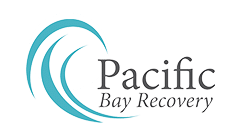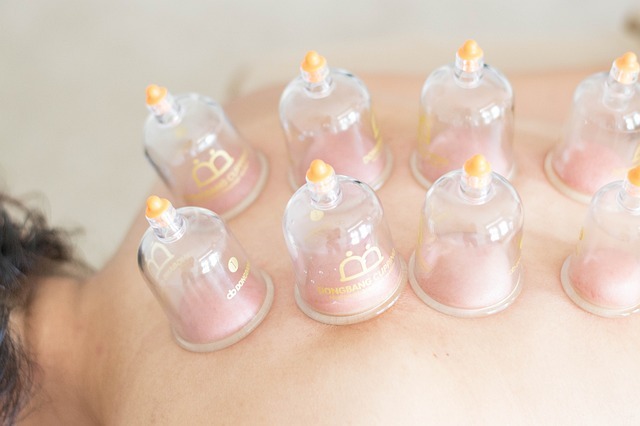All About Cupping Therapy
Cupping therapy in various formats has been around for thousands of years throughout numerous cultures, but two categories of cupping therapy, from which the rest of the therapy variations are applied, are dry cupping and wet cupping. Depending on the category, the variation application, and the goal to be achieved, the outcome may produce comfort and relaxation from localized pain, allowing a patient to relax enough and go to sleep.
In general, cupping therapies enhance blood circulation and removes toxins and waste from the body. Based on the patient’s unique physiology and the areas charted as needing assistance with internal cleansing, the cups applied were required to achieve the greatest toxin removal. The alignment of cups, placed on the body, roughly follows the same type of alignment of the meridian system (and acupoints) in the body that acupuncture charts follow.
However, the two therapies, based on varying applications or mechanisms, are different, even if attempting to achieve the same outcome through the same pathways. One big difference is that acupuncture needles are intrusive while cupping therapies remain surface-bound, except when using an abrasion technique or cutting in wet cup therapy. The deciding point of which therapy to use may be as simple as a patient who fears any type of needle and cringes at the thought of multiple thin needles stuck in their body. The decision would be to use cupping therapy.
Many patients from different areas of society, such as athletes and those seeking help from substance abuse, are finding successful outcomes by using a cupping therapy designed for their medical issues. Cupping therapy covers many diseases and when learned properly, can be done at home, too. If you are in substance abuse recovery, stick with the planned treatment conducted by the professionals treating you. Once you become an outpatient, talk with your counselors about doing cupping therapy at home as well.
In her book, A Practical Guide to Cupping Therapy, Wu Zhongchao, which is found on Amazon, there are almost 100 diseases listed where cupping therapy can make a positive difference to the lifestyle of any patient. The two main categories of cupping therapy are described in the two next sections.
Dry Cupping Therapy
In dry cupping on a first-level application, the cup is placed on the skin and left in place for several minutes. The placement of cups is directly applied in areas where there is pain and/or internal swelling, for example. In air cupping, a suction method is achieved by manual pressure, an electrical device, or by using an inserted flame that removes oxygen within the cup, creating a vacuum effect, and pulling the skin upwards inside the cup. These cups, depending on the application mechanism, are made of glass, bamboo, earthenware, or silicone material.
The suction application helps with dilating localized blood vessels which increase blood circulation, strengthens the immune system, positively affects the autonomic nervous system, enhances cellular nutrition, and increases physical fitness. Increasing blood circulation also allows toxins in the body to be excreted faster, which is very important when undergoing substance abuse detoxification and rehabilitation.
Wet Cupping Therapy
Small incisions are made at the contact point before the cups are put in place. Either the cups are heated to increase blood flow and/or a suction device is used to remove the air inside the cup. The blood expended from the resulting draw out through the skin contains toxins. On occasion, a firing mechanism is applied but, usually, the heated glass cups and vacuum mechanism will do the job almost as well. Patients may have a little bruising, slight discomfort, and/or soreness after the procedure is over, but this dissipates quickly.
Cup therapy is an excellent addition for those recovering from substance abuse, particularly during the detoxification session. The results of cup therapy far outweigh the slight discomforts you may encounter, as you are more relaxed and have a greater sense of well-being.
Your Diet and Breathing Exercises
As you eliminate toxins during the detoxification process, you will also be changing your diet which helps heal your body. No more midnight snacks of potato chips, nor will you be eating French fries and hamburgers for a while. Part of the detox session is repairing your body to be stronger, which includes eating the right foods to increase your cellular makeup, as well as brain cells.
As for breathing exercises getting enough oxygen is also important. Your blood circulation system carries oxygen throughout your body, including into your brain. This is all about repairing damaged cells while you were abusing substances. Your lungs will also benefit from increased oxygen circulation and if you were a smoker, now would be the time to stop.
Call Us if You Need Help with Substance Abuse Rehabilitation
Pacific Bay Recovery can help you with any substance addiction and/or mental issue you might have so you can regain a happy and functional lifestyle again. Call us for a free consultation and to set up an appointment to start getting help as soon as possible. 619-350-8220.


